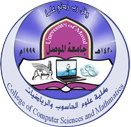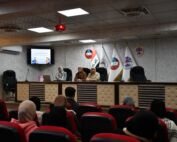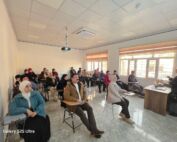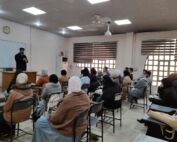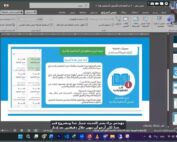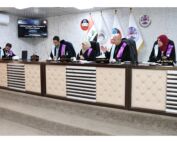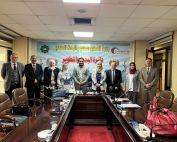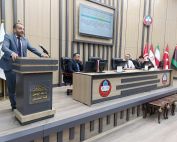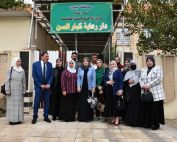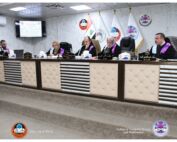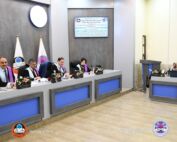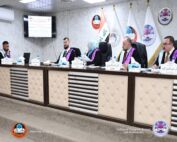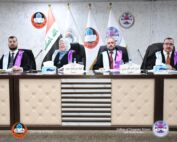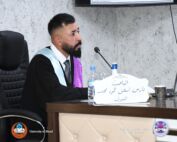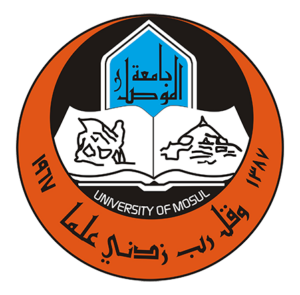7 November، 2022
A Doctorial Dissertation Improving sparse cluster analysis in mining big data
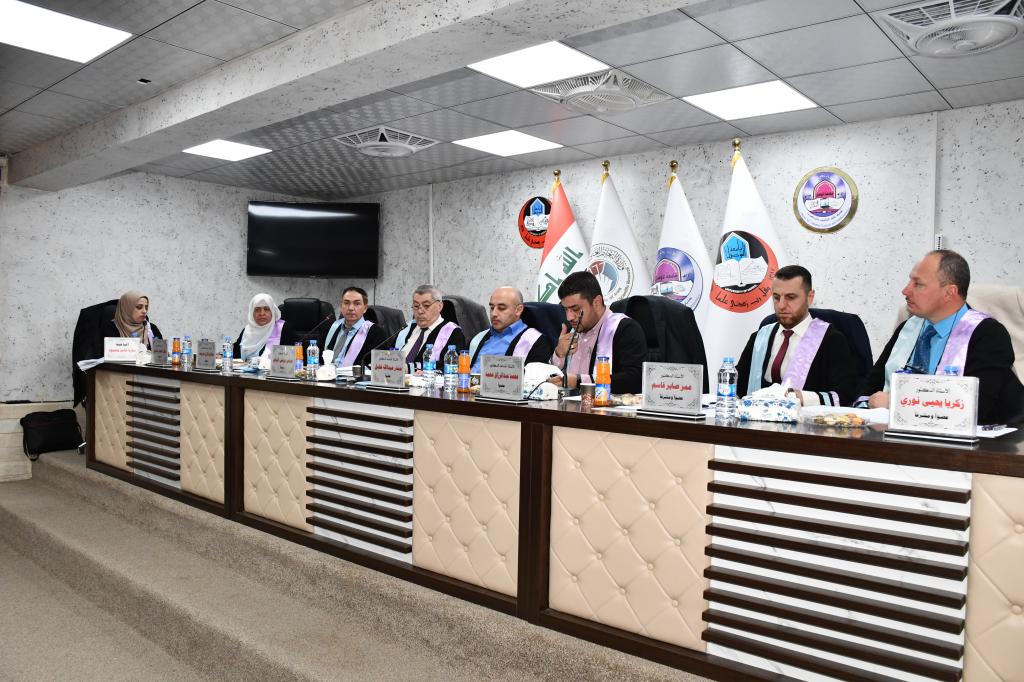
Discussion of a Doctorial Dissertation in the College of Computer Science and Mathematics – Department of Mathematics Sciences entitled:Improving sparse cluster analysis in mining big dataDoctorial Dissertation by student Sarah GhanimMahmood Al- kababchee , under the supervision ofProfessor Dr. Prof. Omar Saber Qasimand Prof. Zakariya Yahya Algamal was discussed in the discussion room at the Faculty of Computer Science and Mathematics at the University of Mosul on Wednesday 7/11/2022The last decades have witnessed an increase in the quantity and type of data, and many applications have become a source for the flow of this data, as the increase and accumulation in the volume of data requires devising ways and methods to summarize, study and mine this data in order to understand and benefit from it, as the science of data mining and the search for knowledge from Modern science, which is still in a state of continuous development, especially after the emergence of many intelligent algorithms that significantly affected the science of knowledge mining and data processing. In this study, multiple sets of data were analyzed, and the main objective was to use clustering to analyze big data, as the bat search algorithm (BA), the crow algorithm (GA), the balance optimizer algorithm (EOA) were adopted with the K-type clustering method. Means for analyzing large data sets (H1N1, Biodegradable, MLL, SRBCT, Ecoli, Chalcone, Hepatitis, Iris, Wine, Wisconsin Breast Cancer, Liver Disorders), the first proposed algorithm BPRBC was to find and select the features through two stages. The first stage was using the BA bat algorithm, to find the best features for the data, and the second stage was using the Panelized Clustering, to choose the best features, as good results were achieved compared to PRBC and K-means. As for the second proposed algorithm, the GA swarm algorithm was employed to find the number of clusters used in the K-means algorithm, as it was tested on four sets of data in which the proposed algorithm excelled compared to the traditional method used in data clustering, and the balance optimizer algorithm was employed EOA as a third proposed algorithm, EOAK-means, to find the number of ideal clusters as well as to select the features from the data sets..The scientific committee included the following members:1- Prof. Dr.Abbas Hassan Taqi / Chairman2- Prof. Dr. Eman Tariq Hamed / Member3- Associate Prof. DrGhadaMoayidRasheed. / Member4- Associate Prof. Dr.NezarKhalafHussain / Member5- Associate Prof. Dr.Idris Mohamed Noori / Member6- Prof. Dr. Abbas Younis Alias / Supervisor and Member7- Prof. Dr. Zakaria Yahya Noori / Supervisor and Member
